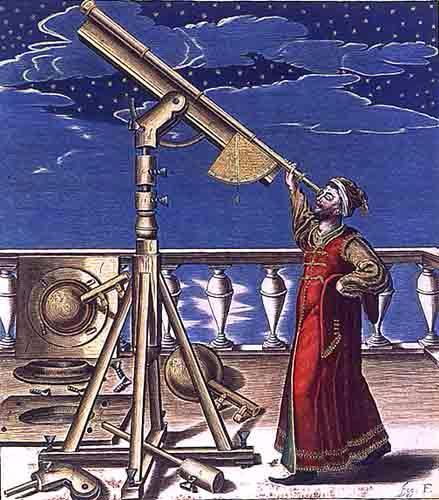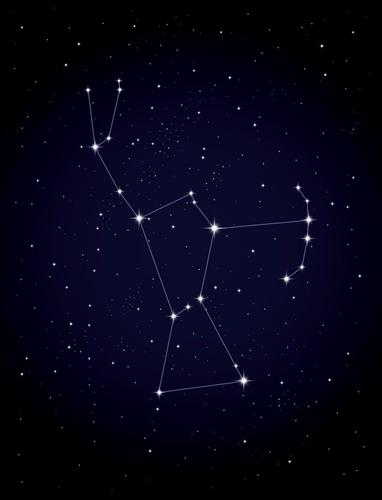Mesopotamia was the earliest civilization, and the foundation of everything. Mesopotamians were the first to use and understand important parts of what a civilization consists of, like economy, religion, astronomy, etc.
Astronomy from Mesopotamia
Have you ever looked up at the sky and wondered about how all those stars and constellations got their names? Or how did we even find out about what is way beyond our reach? Mesopotamia. That's how.
Quiz
What do people sometimes refer to Mesopotamia as?
- "Cradle of Society"
- "The Brightest star in the Sky"
- "Cradle of Civilization
- "Potato"

Did you know?
Astronomy was a huge part of Mesopotamian culture. Back then, the priests were the ones who studied the stars. They made a 12 month calendar that was based on moon cycles. The priests could predict solstices and eclipses, and produce astronomical tables.
The priests in Mesopotamia influenced Greek astronomy. The Greeks had their own ways of studying the sky. They divided it into 12 sections and each one was named by a nearby constellation. They also may have noted The Early sightings of the Halley's comet.
Quiz
What are zodiac signs based on?
- Zodiac signs were based on Greek gods.
- Greek and Latin versions of Mesopotamian names.
In order to find stars, astronomers divide the sky into 88 regions.
These regions are connected to stick figures that are called constellations. Most cultures have their own constellations.
We use the mythological characters imagined by the ancient Greeks and Egyptians.
These regions are connected to stick figures that are called constellations. Most cultures have their own constellations.
We use the mythological characters imagined by the ancient Greeks and Egyptians.

Quiz
What did these civilizations accomplish in astronomy?

Orion, the Hunter is one of the most familiar constellations.
Quiz
What did Mesopotamian priests NOT accomplish?
- Predict solstices and eclipses
- Creating calendars based on the sun
- Observe moon cycles
- Produce astronomical tables

